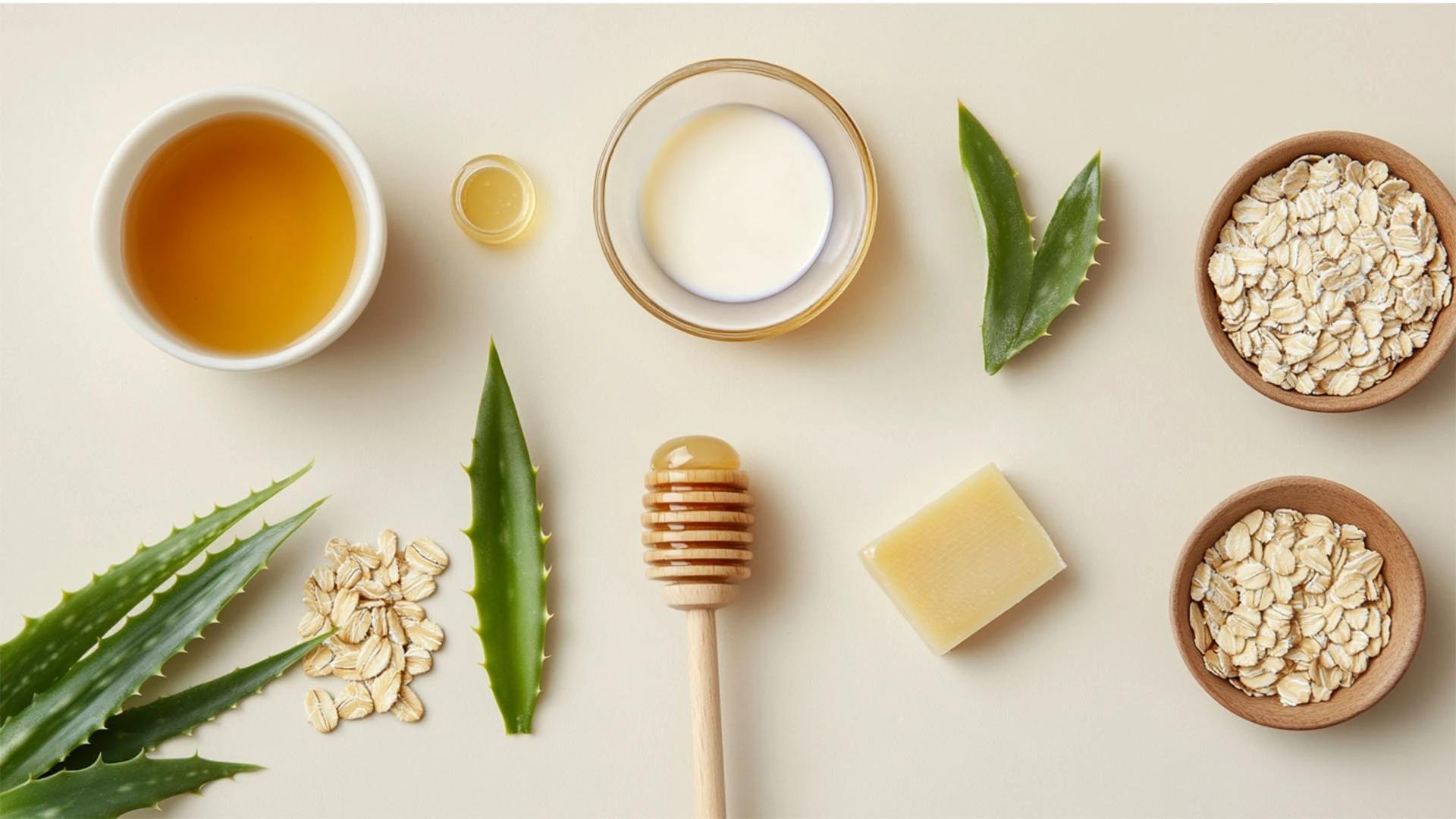Troubleshooting Common Styling Issues
Even with the best intentions and techniques, sometimes your hair just won't cooperate. Don't worry—every hair type has its challenges, and there are solutions for most common problems you might face with your new cut.
Dealing with Frizz and Flyaways
Frizz happens to everyone, especially in humid weather or if your hair is damaged. The key is moisture and the right styling products.
Use a leave-in conditioner or anti-frizz serum on damp hair, focusing on the mid-lengths and ends. Avoid touching your hair too much once it's styled—the oils from your hands can disrupt your carefully created look.
Reviving Flat or Limp Hair
If your new cut is looking a bit lifeless, there are several tricks to add body and movement:
• Use volumising products at the roots
• Flip your head upside down while blow-drying
• Try backcombing gently at the crown
• Use dry shampoo even on clean hair for texture and grip
Sometimes changing your parting can instantly add volume and freshness to your look.
Exploring Colour Options for Your New Style
If you're feeling adventurous, adding colour to your new cut can take your hair transformation to the next level. Hair coloring ideas can range from subtle highlights to bold fashion colours, depending on your personal style and lifestyle.
Complementary Colours for Your Cut
The right colour can make your new haircut look even more amazing. Consider these options:
• Highlights add dimension and movement
• Lowlights create depth and richness
• Balayage gives a natural, sun-kissed effect
• Fashion colours make a bold statement
Think about your skin tone, lifestyle, and maintenance preferences when choosing colours.
Maintenance Tips for Coloured Hair
Coloured hair needs extra TLC to keep it looking vibrant and healthy:
• Use colour-safe shampoo and conditioner
• Limit heat styling when possible
• Apply UV protection products before sun exposure
• Schedule regular toning appointments to maintain colour
Colour-treated hair is often more porous, so it might need different styling products than your natural hair did.
Frequently Asked Questions
How often should I wash my hair with my new style?
This depends on your hair type and lifestyle. Most people can wash every 2-3 days, but oily hair might need daily washing while dry or curly hair might only need washing once or twice a week. Your new cut might change how often you need to wash—shorter styles sometimes need more frequent washing, while longer cuts can often go longer between washes.
Can I use the same hair styling products I used before my haircut?
You might need to adjust your product routine with a new cut. Different lengths and styles often require different products—what worked for long hair might be too heavy for a shorter cut, or you might need stronger hold products for a more structured style. It's worth experimenting to see what works best with your new look.
How do I know if my new hairstyle suits my face shape?
A good hairstyle should balance your facial features and make you feel confident. If you're unsure, take photos from different angles and compare them to photos of your previous style. You can also ask trusted friends or family for honest feedback. Remember, confidence is the best accessory for any hairstyle.
What's the best way to communicate with my stylist about the look I want?
Bring photos of styles you like, but also be open about your lifestyle and styling abilities. Discuss your hair texture, growth patterns, and how much time you want to spend on daily styling. A good stylist will work with you to create a cut that looks amazing and fits your life.
Final Thoughts
Mastering your new hair style is a journey, not a destination. It takes time to learn what works best for your hair texture, lifestyle, and personal preferences. Don't be discouraged if your first few attempts don't look exactly like your salon visit—even professional stylists needed practice to perfect their techniques.
The most important thing is to have fun with your new look and remember that hair grows. If you're not totally happy with how you're styling it, keep experimenting with different techniques and products. Your perfect routine might be just a few tries away.
With the right tools, techniques, and a bit of patience, you'll soon be creating salon-worthy looks at home. Your new hair style is meant to make you feel confident and beautiful, so embrace the learning process and enjoy your gorgeous new cut.

 1 unit
1 unit 1 unit
1 unit 1 unit
1 unit 1 Unit
1 Unit